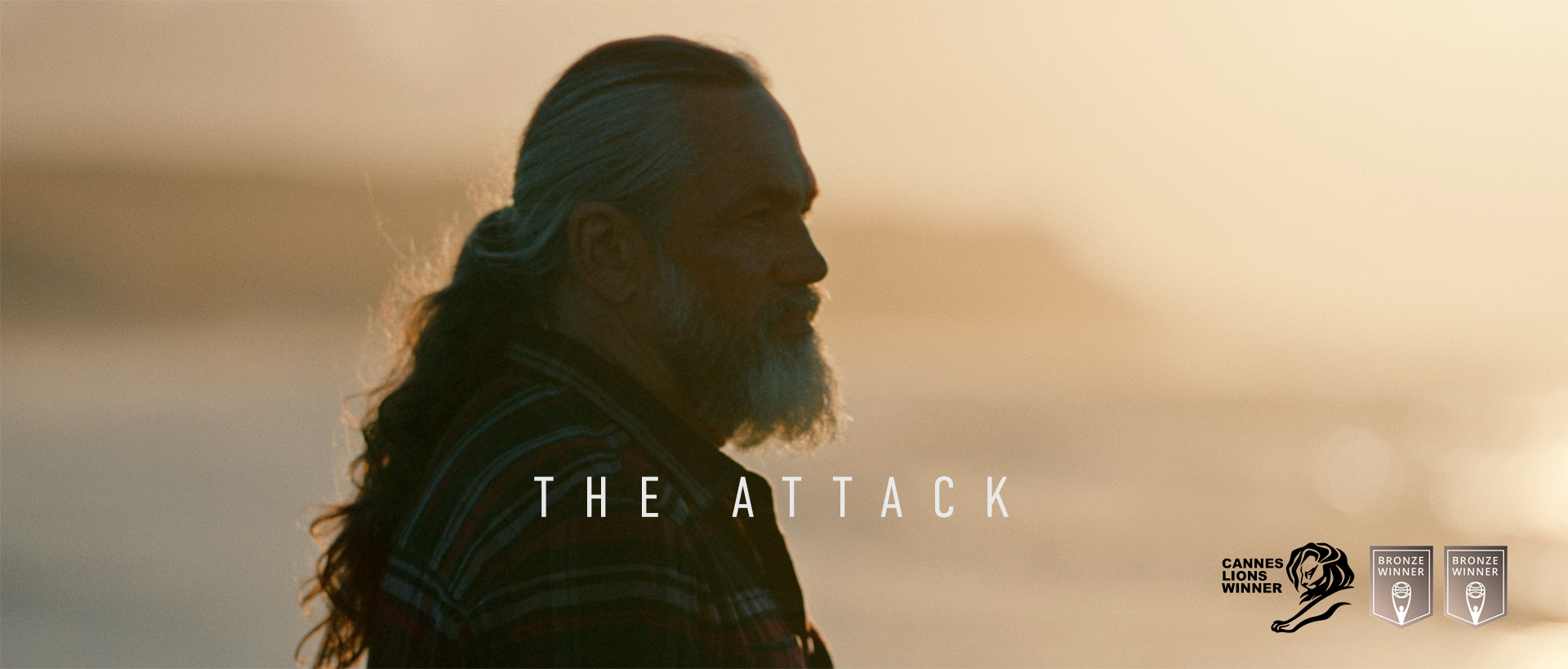2018, ‘twas the year of culinary change. The year The Big Bird moved over for a chicken, everyone was talking “source” and carnivours met something a little more Wicked. So what exactly was this year like in the tabletop world?
Early predictions were for change, but the truth behind certain brands revealed, there was still a long way to go. Talking about a different kind of social, it was suggested 27% of (global) food brands still didn’t make the most of social media, despite “food” being the no1 search on Facebook. Not the case for Sainsbury’s, M+S or my old friends at Wagamama.
It was a record-breaking year for vegans. Supermarkets introduced more vegan lines. From crispy carrot pastrami to sourdough pizza, the Wicked Kitchen had arrived. Waitrose announced production of new vegan sandwiches and in cappuccino-land everyone left soya behind for nutty oaty alternatives.
At home I was lucky enough to create and direct new content for Wagamama’s vegetarian and vegan ranges with a major refresh for all their OOH screens, especially the master screen at Heathrow T5, which their MD said “changed the way consumers see Wagamana, elevating the brand to a fashion icon”. No pressure then. The brief was especially tailored towards the match between OOH, commercial and Wagamana’s Instagram look and feel. Now that’s social realism. You can see the results here in the New Year.
There was also a move away from “pure” tabletop food to a ramp-up in human emotion. Tesco talked “food love stories” even though M+S had been using voice over and slow motion for years they decided to replace syrup with real people for the 2018 Christmas campaign.
It was also the year of collaborations. Despite a recent spat John Lewis did not disappoint with their perfectly timed Bohemian Rhapsody inspired spot. Back at M+S I had my own adventure in food land thanks to a partnership between the green and white super brand and high street supremo Wasabi.
The challenge was to produce content for a number of different formats. I’d love to share the spreadsheet Danny Coster from Leap produced but you’d need to be Professor Brian Cox to work out which part of the mix fits which screen without having to use a flux capacitor.
With this many alternatives to consider we needed to establish a universal resolution and settled on 4k using an Arri Amira. Cliff Evans created a number of in-vision masks to flip between frames and Danny’s post team were on site to monitor the data as it was sucked into the matrix. Luckily no unwanted time-portals opened during filming.
We also combined live action with photography working alongside my old collaborator Ben Fisher. This gave the client not only a cost effective solution but also a way to guarantee footage that matched and kept the brand’s unique look and feel. The shoot was at Background Studios under the control of the ever-talented food stylist supremo Lisa Harrison who worked closely with Wasabi’s own test chefs.
So all in all, it’s been an exciting year and I wish you all…
Happy Holidays and a joyous New Year.




